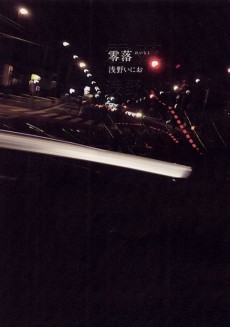HIKARI NO MACHI
STATUS
COMPLETE
VOLUMES
1
RELEASE
January 19, 2005
CHAPTERS
9
DESCRIPTION
The city of light is a town above a hill, called that because it's surrounded by the sun, but it hides an obscure side. There, lives Tasuku, a young kid who works as a 'messenger' for a mysterious group who organizes suicides on the phone. At the same time other youngsters like him are trying to survive the everyday's life: Satoshi changes one occasional job after another, Momoko is the daughter of a prostitute who abandoned her. Finally there's Hoichi who is always involved in dirty business, among which is the suicidal group, but at least he has a dream: earning enough money to buy the whole place and turning it back into the country village he was born in.
CAST
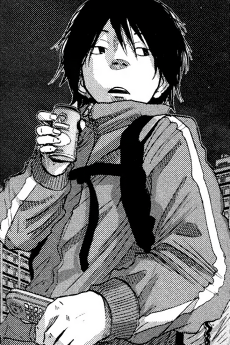
Tasuku Hasegawa

Houichi Itou
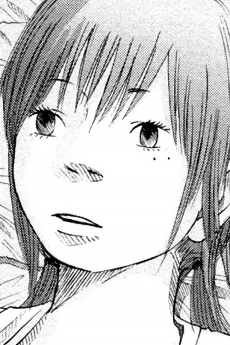
Haruko
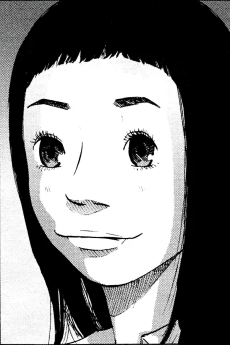
Azuma
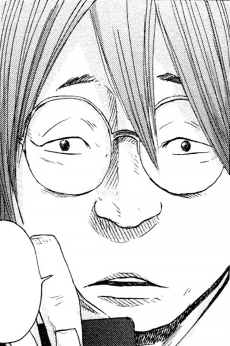
Mizutani
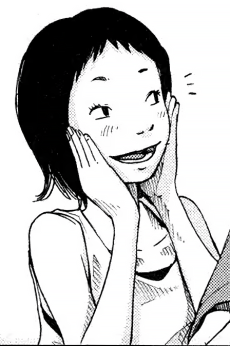
Sayo

Nishiyama
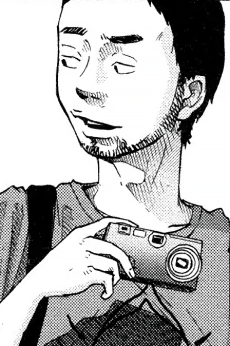
Nozu
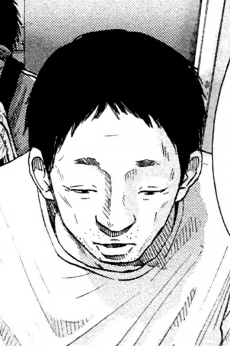
Shin Hasegawa
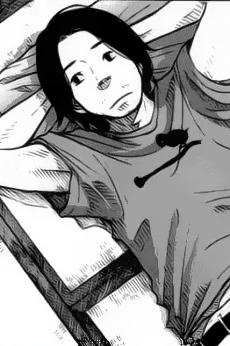
Satoshi
CHAPTERS
REVIEWS

NapoJ
60/100En la Ciudad de la Luz se originan múltiples historias, con el mismo origen, la desconexión (reseña en ESP y ENG)Continue on AniListLa siguiente reseña está en Español e Inglés (traducida con el apoyo de DeepL)
La versión leída es la traducción al español por Kay perteneciente a "Clockwise Fansub"“La Ciudad de la Luz” es el título y a la vez el nombre del entorno donde se desarrolla los sucesos de está corta antología, sobre una urbanización encima de una colina, con altos edificios de apartamentos y algunas casas en los alrededores; diferentes personajes tendrán sus historias y unas cuántas se interconectan. Un compendio más cercano a su primera antología, utilizando algunas lecciones del segundo.
Notable en la presentación de personajes más moralmente grises sin ser caricaturescos, quien fuera villano en un momento, capítulos después es profundizado, y no es por algún intento de redención o justificación sino porque es demostración de una idea inherente en la obra, cada quien es producto del ambiente donde se desarrolla, y es que, el escenario es un personaje en sí mismo.

La urbanización encierra constantemente a los personajes durante los diferentes capítulos, difiere del “entorno conocido”, es más acertado decir que corresponde a una “atmósfera reconocible”. Sea cual sea la historia, los personajes están rodeados de altas edificaciones que deberían aguardar a cientos de personas, sin embargo, las calles se sienten vacías, la palpable soledad de concreto en la ausencia de una comunidad, y por el contrario, donde ocurren los momentos de mayor humanidad es en las casas del alrededor, con espacios más abiertos para un sol que puede cubrir el escenario sin que algo se interponga.
La caracterización de cada escenario y el contraste entre ambos es motivación para un par de las narraciones, en otras es reflejo para las introspecciones sobre la aparente “vida” de los personajes. En cuánto a las diferentes historias, si bien cada cuál tiene su punto de interés, tal como dije en la reseña de su primer trabajo, aún carece de consistencia, notable en que conforme se alarga un suceso más inconexo es.
A lo largo de cada narrativa es constante el característico pesimismo de Asano, sin embargo, tiene significado porque está vez no deja aparte ni para último momento a la “luz en la oscuridad”, es decir, corresponder a cómo aún en situaciones tan inescapables y desafortunadas, puede iluminar la esperanza de un cambio. En este punto de la revisión de su obra y sabiendo lo próximo, calificar de característico su pesimismo debería estar a la par de su optimismo.

Lo que siempre mejora trabajo tras trabajo es su habilidad de dibujante. En el compendio está subrayada la idea de luces y sombras, el dibujo corresponde al planteamiento temático, un marcado juego de iluminación notable en las diferencias entre el opresivo entorno citadino a comparación de los suburbios o cuándo el cielo está despejado en medio de los edificios, la habilidad de Asano en crear impactantes paneles con la acción de alguien para que parezcan tener significado en ese momento para los personajes, o por supuesto, el detalle en presentación y alcance de la ciudad.
En general, la antología es un paso adelante en su visión de autor, una historia algo interconectada en la que ningún personaje se siente gratuito en un escenario que tiene significado por sí mismo, pero varios de los sucesos y su intencionalidad siguen sin consolidarse, dando una obra que aún está a camino de conseguir la consistencia que ha buscado durante ese último par de años.
English
"The City of Light" is the title and at the same time the name of the setting where the events of this short anthology take place, about a housing development on top of a hill, with tall apartment buildings and some houses in the surroundings; different characters will have their stories and a few of them are interconnected. A compendium closer to his first anthology, using some lessons from the second.
Remarkable in the presentation of characters more morally gray without being caricatures, who was a villain at one point, chapters later is deepened, and it is not for some attempt at redemption or justification but because it is a demonstration of an inherent idea in the work, everyone is a product of the environment where it develops, and is that, the scenario is a character in itself.

The urbanization constantly encloses the characters during the different chapters, it differs from the "known environment", it is more accurate to say that it corresponds to a "recognizable atmosphere". Whatever the story, the characters are surrounded by tall buildings that should await hundreds of people, however, the streets feel empty, the palpable loneliness of concrete in the absence of a community, and on the contrary, where the moments of greater humanity occur is in the surrounding houses, with more open spaces for a sun that can cover the stage without something getting in the way.
The characterization of each setting and the contrast between the two is motivation for a couple of the narratives, in others it is reflection for the introspections on the apparent "life" of the characters. As for the different stories, while each one has its point of interest, as I said in the review of his first work, it still lacks consistency, noticeable in that the longer an event drags on, the more disjointed it becomes.
Throughout each narrative Asano's characteristic pessimism is constant, however, it has meaning because this time he does not leave aside even for the last moment the "light in the darkness", that is, corresponding to how even in such inescapable and unfortunate situations, he can illuminate the hope of a change. At this point in the review of his work and knowing what is forthcoming, qualifying his pessimism as characteristic should be on a par with his optimism.

What always improves work after work is his skill as a draftsman. In the compendium the idea of lights and shadows is underlined, the drawing corresponds to the thematic approach, a marked game of lighting notable in the differences between the oppressive city environment compared to the suburbs or when the sky is clear in the middle of the buildings, Asano's ability to create striking panels with someone's action so that they seem to have meaning at that moment for the characters, or of course, the detail in presentation and scope of the city.
Overall, the anthology is a step forward in his authorial vision, a somewhat interconnected story in which no character feels gratuitous in a scenario that has meaning on its own, but several of the events and their intentionality remain unconsolidated, yielding a work that is still on its way to achieving the consistency he has sought over those last couple of years.
SIMILAR MANGAS YOU MAY LIKE
 MANGA DramaOyasumi Punpun
MANGA DramaOyasumi Punpun MANGA DramaSubarashii Sekai
MANGA DramaSubarashii Sekai MANGA DramaUmibe no Onnanoko
MANGA DramaUmibe no Onnanoko MANGA ComedyOzanari-kun
MANGA ComedyOzanari-kun MANGA DramaShikou Shounen
MANGA DramaShikou Shounen
SCORE
- (3.55/5)
MORE INFO
Ended inJanuary 19, 2005
Favorited by 87 Users





